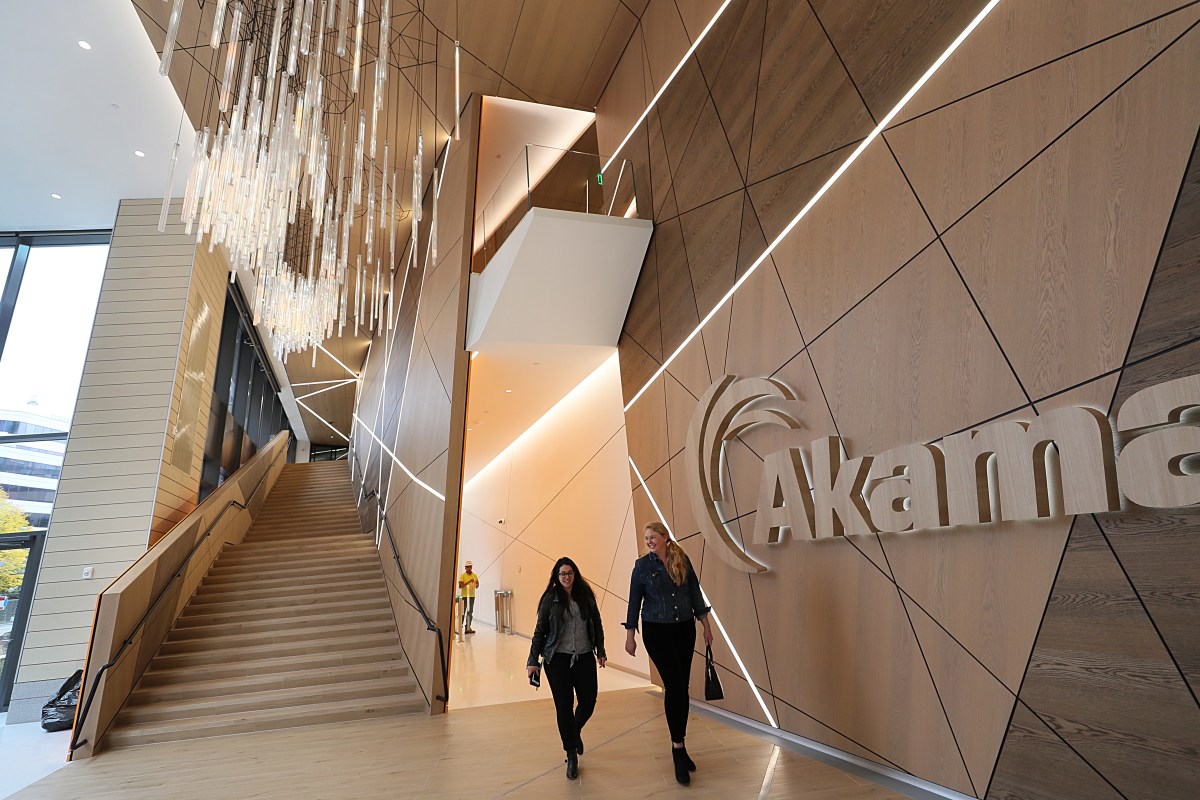CRO: Why startups should prioritize conversion rate optimization early
I’m lucky enough to have worked for companies that ranged from corporate giants like Uber and Coinbase to smaller startups that were run out of private residences in Silicon Valley. One of the largest differentiators between these companies was their respective emphases on conversion rate optimization (CRO).
The initial focus for smaller startups is typically on growth pillars, such as paid acquisition or starting up a lifecycle email program. By contrast, larger companies have dedicated teams in place for managing and implementing their CRO efforts, alongside all their other activities.
Bringing paid acquisition costs down when funds are tight makes a great deal of sense. Similarly, starting email marketing campaigns to improve performance through the funnel can be equally important. However, what many startups do not realize is that CRO can help lower paid acquisition costs and push users through the funnel as much, if not more than the other pillars.
As a founder, how should you spend more time on CRO and what strategies best help you establish a CRO function? After I review my experiences of what works best, you will understand how to better prioritize your time.
Think of CRO as a grand supplement to all the other items the growth side rolls out in the early days of a startup.
Examples of CRO
CRO has historically been confined to running tests on landing pages, but there are many other areas to test, including app store pages, email campaigns, and retargeting campaigns.
Basically, if you are testing methods to push more users through your funnel and subsequently improve their conversion rates, then you are running CRO experiments.
For our purposes, I’ll go through the specific CRO tests you can start running for your startup’s landing page. Below are some of the largest areas to test:
- Messaging
- Images/videos
- Module additions
- Module placements
Most startups already test messaging on paid acquisition campaigns, but testing on a landing page is another area to experiment with. When I consulted for a product that appeared on “Shark Tank,” we ran dozens and dozens of weekly CRO tests on the website onboarding questions to find which answers brought in the highest propensity users, a very high rate of testing.
It has been quite surprising at how much I have been able to affect the conversion rate thanks to the repeated testing of different modules, such as testimonials, or FAQ, and where they finally appear on the website. For example, I have found that placing testimonials or press logos above-the-fold, and not requiring the user to scroll down to locate, has always increased the conversion rate.




